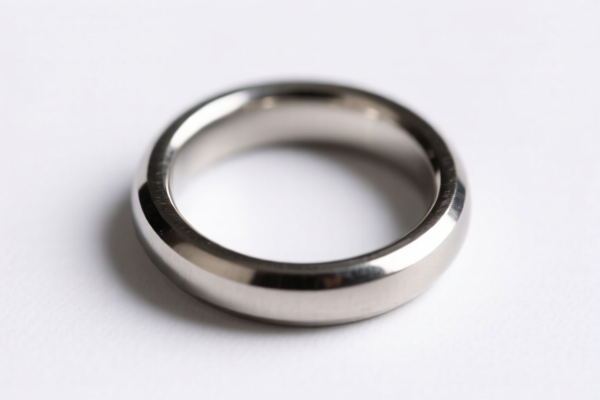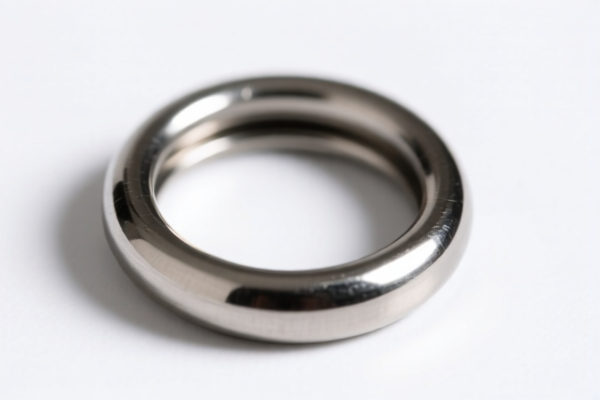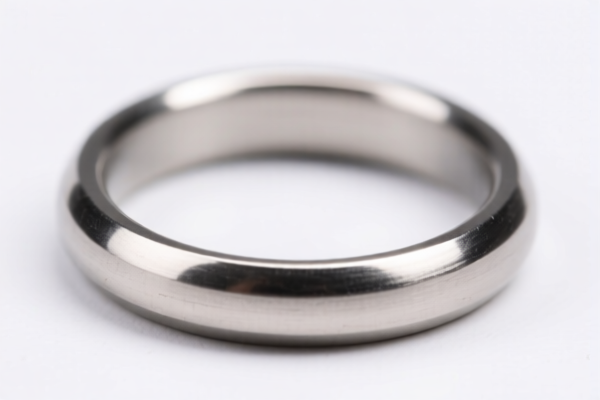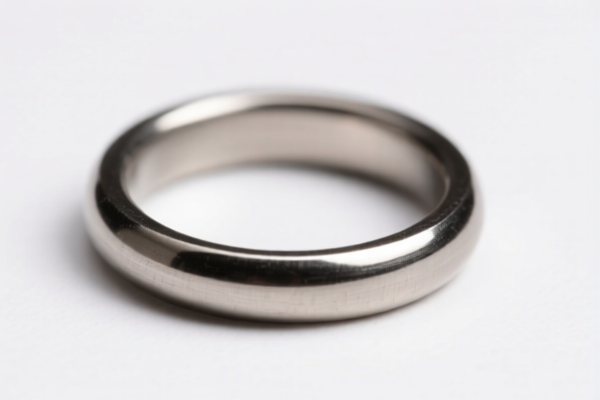| HS Code | Official Doc | Tariff Rate | Origin | Destination | Effective Date |
|---|---|---|---|---|---|
| 7326908688 | Doc | 82.9% | CN | US | 2025-05-12 |
| 7326908605 | Doc | 82.9% | CN | US | 2025-05-12 |
| 8205591000 | Doc | 62.2% | CN | US | 2025-05-12 |
| 8205700060 | Doc | 60.0% | CN | US | 2025-05-12 |
| 8206000000 | Doc | The rate of duty applicable to that article in the set subject t+30.0% | CN | US | 2025-05-12 |
| 8308909000 | Doc | 57.7% | CN | US | 2025-05-12 |
| 8307103000 | Doc | 58.8% | CN | US | 2025-05-12 |
| 8307106000 | Doc | 58.8% | CN | US | 2025-05-12 |




Exhaust Pipe Retaining Ring
An exhaust pipe retaining ring, commonly referred to as a V-band clamp or simply a retaining ring, is a component used to secure sections of exhaust piping together in a vehicle's exhaust system. It provides a strong, leak-proof connection, often preferred over traditional flanged exhaust connections.
Material
Retaining rings and associated flanges are typically constructed from:
- Stainless Steel: The most common material due to its corrosion resistance, durability, and ability to withstand high temperatures. Grades 304 and 316 are frequently used, with 316 offering superior resistance to chlorides and other corrosive elements.
- Carbon Steel: A less expensive option, often coated with a protective finish (e.g., zinc plating, ceramic coating) to prevent corrosion. Suitable for less demanding applications.
- Aluminum: Used in specific applications where weight reduction is critical, typically in performance or racing environments.
Purpose
The primary purpose of an exhaust pipe retaining ring is to:
- Secure Exhaust System Components: Connect sections of exhaust pipe, mufflers, catalytic converters, resonators, and other components.
- Create a Leak-Proof Seal: The clamping force of the ring, combined with a gasket, ensures a tight seal, preventing exhaust gas leaks.
- Facilitate Easy Assembly and Disassembly: V-band connections allow for quick and easy removal and installation of exhaust components, which is particularly beneficial for maintenance and modifications.
- Reduce Vibration: Provides a secure and stable connection, minimizing vibration and noise.
Function
The retaining ring functions by:
- Compression: The ring is tightened around the flanges of the connected exhaust components using bolts.
- Gasket Sealing: A gasket is placed between the flanges, which is compressed when the ring is tightened, creating a gas-tight seal.
- Uniform Pressure: The V-band design distributes clamping force evenly around the connection, ensuring a consistent seal.
Usage Scenarios
- Performance Exhaust Systems: Widely used in aftermarket exhaust systems due to their ease of assembly and ability to withstand high temperatures and pressures.
- Turbocharged and Supercharged Vehicles: Essential for connecting turbochargers and downpipes due to the high exhaust gas temperatures and pressures involved.
- Diesel Engines: Used in diesel exhaust systems, often with larger, heavier-duty rings to accommodate higher exhaust flow and temperatures.
- Heavy-Duty Vehicles: Employed in trucks, buses, and other commercial vehicles.
- Racing Applications: Favored for quick exhaust system changes and the ability to handle extreme conditions.
Common Types
- Standard V-Band Clamps: The most common type, consisting of a ring, flanges, and bolts.
- Quick Release V-Band Clamps: Feature a lever or latch mechanism for fast and easy removal and installation.
- Stainless Steel V-Band Clamps: Constructed from stainless steel for corrosion resistance and durability.
- Mild Steel V-Band Clamps: Constructed from mild steel, typically coated for corrosion protection.
- Aluminum V-Band Clamps: Used in weight-sensitive applications.
- Heavy-Duty V-Band Clamps: Designed for high-pressure and high-temperature applications.
- Welded Flanges: Flanges that are welded directly to the exhaust pipes.
- Slip-Fit Flanges: Flanges that slide onto the exhaust pipes.
The declared goods, exhaust pipe retaining ring, can be classified under several HS codes based on material and function. Here's a breakdown of potential classifications:
-
7326908688: This code covers “Other articles of iron or steel: Other: Other: Other: Other”. It’s a broad category for iron or steel articles not specifically defined elsewhere. Given the ring is likely made of steel, this is a potential match. The total tax rate is 82.9%, comprising a 2.9% base tariff, a 25.0% additional tariff, and a 30.0% additional tariff applicable after April 2, 2025, with a further 25% additional tariff for steel and aluminum products.
-
7326908605: This code refers to “Other articles of iron or steel: Other: Other: Other: Other Rods for electrical grounding (potentially if the ring is a rod-like structure used for securing the exhaust pipe)”. If the ring functions as a rod-like grounding component, this code may be applicable. The total tax rate is also 82.9%, with the same tariff structure as 7326908688.
-
8205591000: This code covers “Handtools (including glass cutters) not elsewhere specified or included; blow torches and similar self-contained torches; vises, clamps and the like, other than accessories for and parts of machine tools or water-jet cutting machines; anvils; portable forges; hand- or pedal-operated grinding wheels with frameworks; base metal parts thereof: Other handtools (including glass cutters) and parts thereof: Other: Pipe tools, and parts thereof”. If the ring is considered a specialized tool for exhaust pipe installation, this code could be relevant. The total tax rate is 62.2%, consisting of a 7.2% base tariff, a 25.0% additional tariff, and a 30.0% additional tariff.
-
8308909000: This code covers “Clasps, frames with clasps, buckles, buckle-clasps, hooks, eyes, eyelets and the like, of base metal, of a kind used for clothing or clothing accessories, footwear, jewelry, wrist watches, books, awnings, leather goods, travel goods or saddlery or for other made up articles; tubular or bifurcated rivets, of base metal; beads and spangles, of base metal: Other, including parts: Other”. If the ring functions as a fastening or connecting component, this code might be applicable. The total tax rate is 57.7%, comprising a 2.7% base tariff, a 25.0% additional tariff, and a 30.0% additional tariff.
Important Note: The classification of exhaust pipe retaining rings depends heavily on the material composition and specific function. If the ring is primarily a fastening component, 8308909000 may be suitable. If it's a steel component without a specific function beyond retention, 7326908688 is more likely. If it functions as a tool, 8205591000 should be considered.
According to the provided reference material, the HS code options related to 'exhaust pipe retaining ring' are limited, with only the following 4 found.
Customer Reviews
No reviews yet.